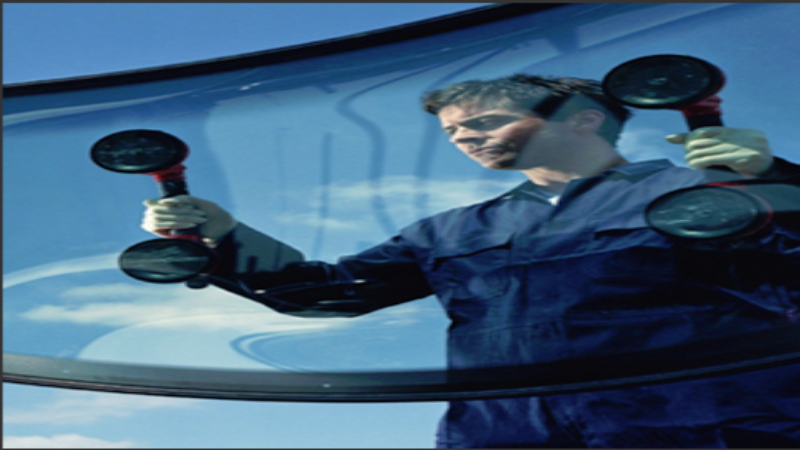It doesn’t matter where you are in the world – summer is the best time for a road trip. There’s something about the bright, sunny skies and the open road that simply spells “new adventures.” Unfortunately, driving under extreme heat can spell disaster to any car owner. If you don’t want to experience an irreparable breakdown in the middle of summer heat, you need to follow these ten tips from Lincoln car dealers near Covington, LA.
- Check your tire pressure.
Tire pressure, usually measured in pounds-per-square-inch (psi), changes for every 10-degree rise in temperature. You might need to deflate your tires to keep the recommended psi. Knowing and maintaining your car’s recommended tire pressure can help improve your car mileage. In addition, maintaining the tire pressure can also help reduce wear and tear. Nevertheless, do not measure your tire pressure when the tire is still warm, as this can lead to fluctuations.
If you are not sure what your tires’ recommended pressure is, you can always check the manual or look at your tire’s sidewall to confirm. Remember that the tire pressure indicated on the sidewall is usually the maximum pressure allowed.
- Rotate your tires.
Aside from checking the tire pressure, it would be best if you also took time to have your tires rotated to avoid uneven wear and tear. Experts recommend that you should rotate your tires every 5,000 miles. You can also check the manual to see how often you should rotate your tires. Rotating your tires is also an excellent time to inspect them for damage.
- Check your engine’s cooling system.
Driving on a hot summer day can quickly overheat your engine. Overheating is the primary cause of car breakdowns during summer. To prevent this from happening, ensure that your coolant is at the optimum level. Generally speaking, Lincoln dealerships recommend to flush your entire coolant system and refill it with fresh coolant every two years. However, you still need to regularly check the level, concentration, and condition of your coolant.
- While you are at it, also check your car’s air conditioning system.
There’s nothing more uncomfortable and irritating than driving under extreme heat with faulty A/C. Check if your car’s air conditioner is still working in good condition. Like your engine’s coolant, aircon systems need to be regassed every 24 months. If it is not as cold as it should be, then it is time to get your trusted automotive technician or mechanic to take a look at it.
- Get your oil and filters changed.
Engine oil is vital in keeping your car running smooth. Most experts suggest that you should replace your oil and oil filter every 7,500 miles. However, Lincoln dealerships around Covington, LA, indicate that you should check your oil even if you haven’t hit that magical number yet. Most families and friends plan fun road trips during summer, so remember to check your oil before heading out on that journey.
- Check all fluid levels.
Some people simply don’t like driving during cold weather. This might mean that they left their cars in storage for months until the most awaited summer season. Even if you didn’t drive for an entire winter or fall season, you still need to check your car’s transmission, differential, power steering, and brake fluid levels as there might be leaks that you are unaware of.
If there are leaks, you should see a puddle of liquid where your car is parked. Puddles that are light brown to black may mean that your motor oil is leaking. If the color of the liquid is red or brown with a very strong odor, it means that you have a problem with your transmission fluid. The power steering fluid has the same color as the transmission fluid. However, if the puddle is near the front left side of your car, then there’s a big chance that it is your power steering fluid that is leaking. Brake fluid is easy to identify since it is usually colored yellow to brown and very slippery.
- Check for signs of loose connections, cracks, or any damage on other parts of your engine.
If you already checked number 6 and found that your vehicle is indeed leaking, then this means that there are cracks or loose connections, which are the true source of the leak. Even if there are no signs of leak, you should still check for signs of damage since these pose a potentially severe threat when you take your car for a long summer drive.
- Check if you should replace your windshield wipers.
Snowy and rainy weather can both do a number to your windshield wipers. Even though there’s little chance that you’ll be battling snow or water to maintain your visibility during summer, there’s still dust and pollen particles, which you might need to wipe away while driving.
- Clean or replace your air filters.
Speaking of dust and pollen, if you are prone to allergies, you’ll want your car’s cabin air to be as clean as humanly possible. This is only possible if you get your air filters regularly cleaned. As a rule of thumb, you should always change your air filters every year, or roughly every 12,000 miles.
- Prepare a summer emergency kit.
Accidents do happen. The best thing to prepare yourself for this is to have a summer emergency kit in your trunk. The emergency kit should include a first aid kit, cell phone charger, basic repair tools, a roll of duct tape, jumper cables, spare tire, extra engine coolant, and a large container of water.
Also, whenever possible, park your car under a shade to not damage your car’s exterior paint and protect your car’s interior from becoming too hot. This is especially true if your upholstery is made of leather since summer can heat your seats and steering wheel, making it difficult to drive.
For more helpful tips, check out Baldwin Lincoln car dealer in the New Orleans, LA area.


